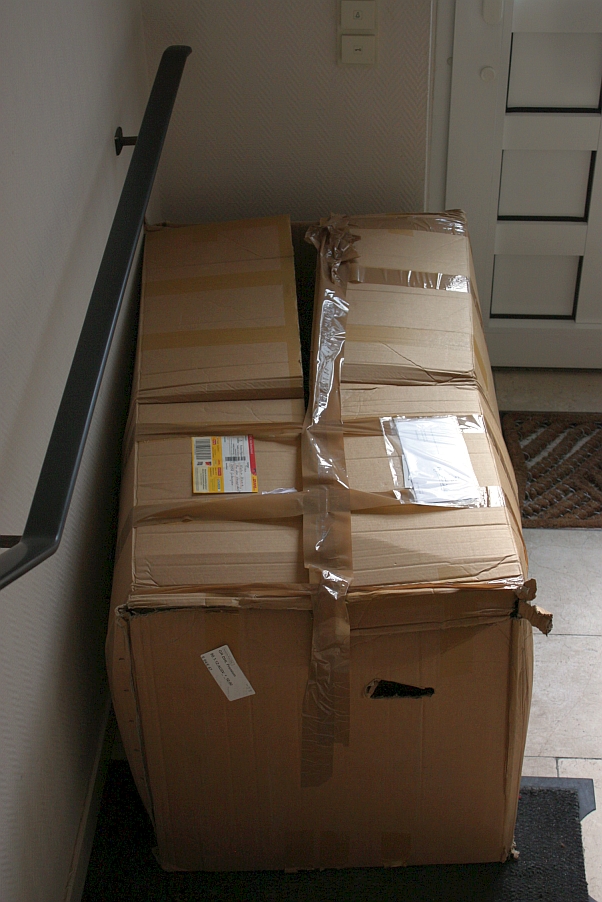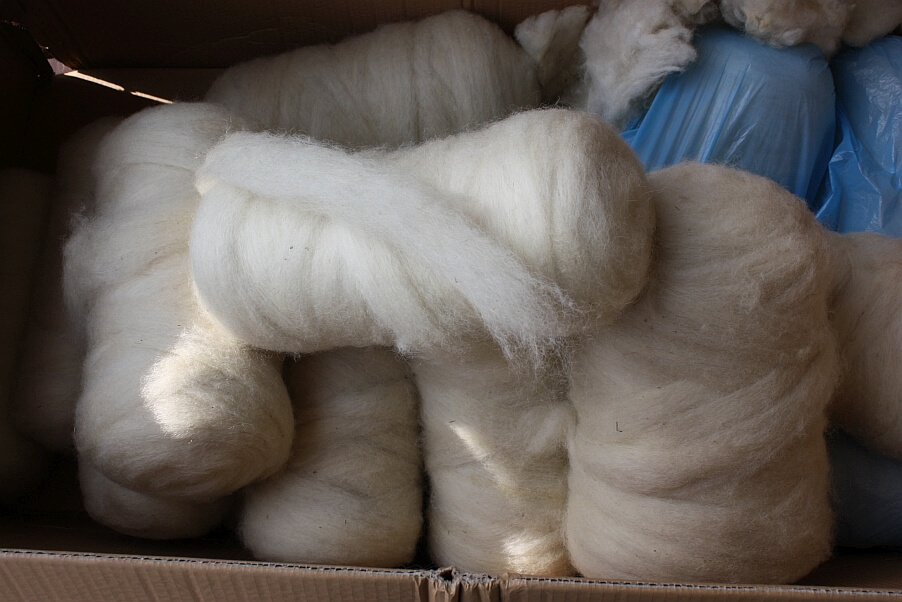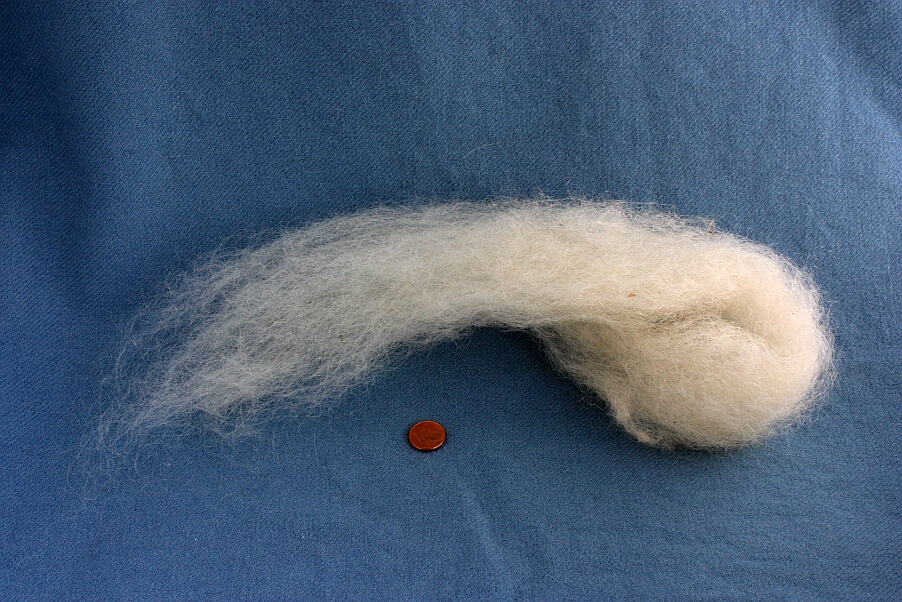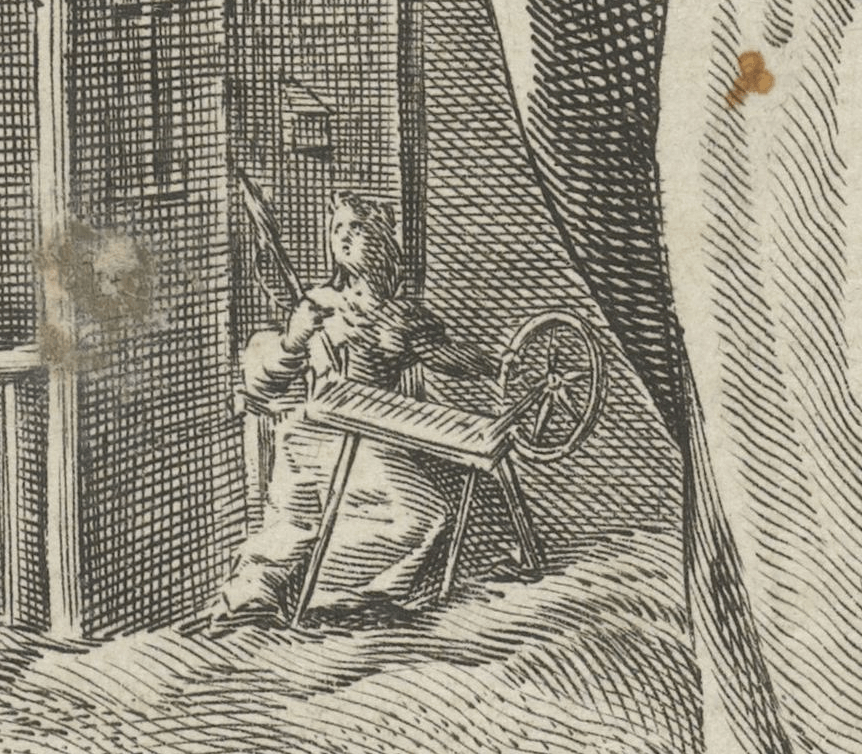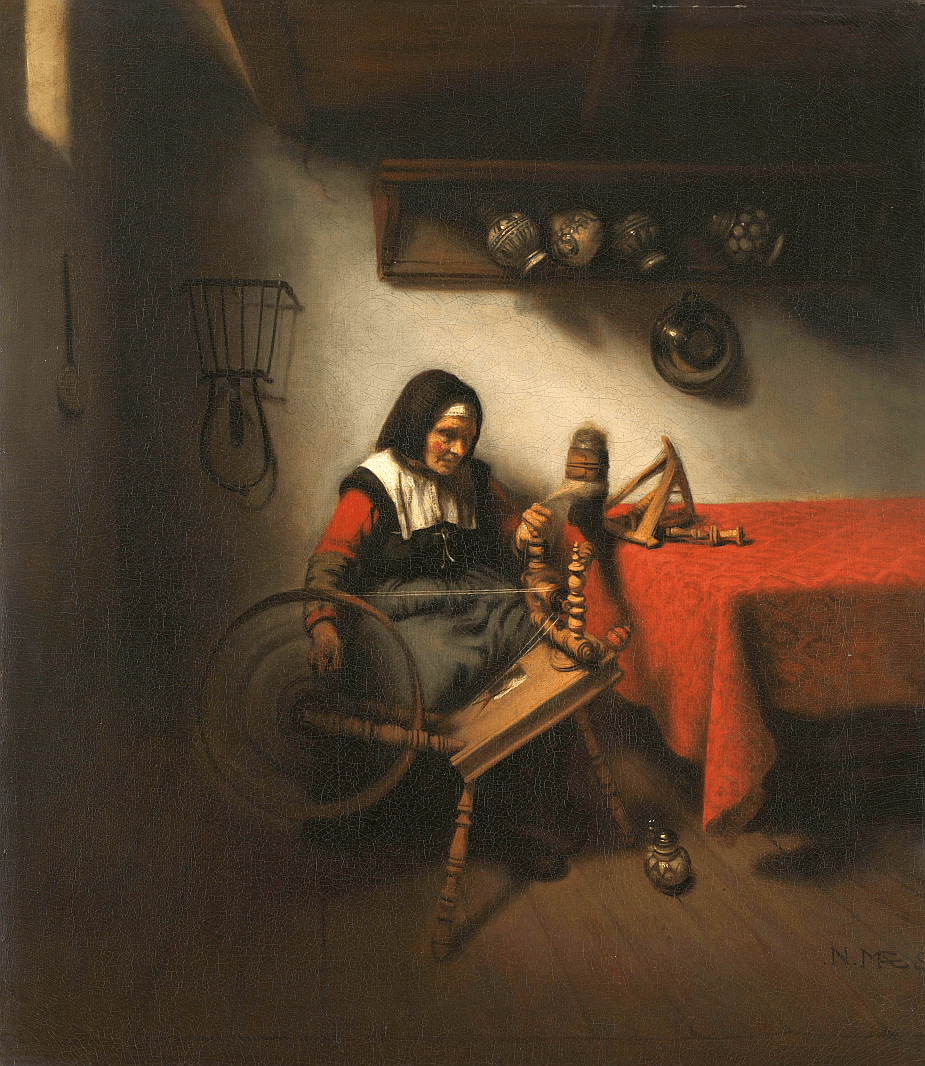I have bags! Paper bags!
They are white. They are cheap. They are flimsy. They are not very large... and they come in large quantities only.

Those large quantities are subdivided into packs of 100 each, neatly threaded onto a bit of string...
and they are just the right size for wool samples.
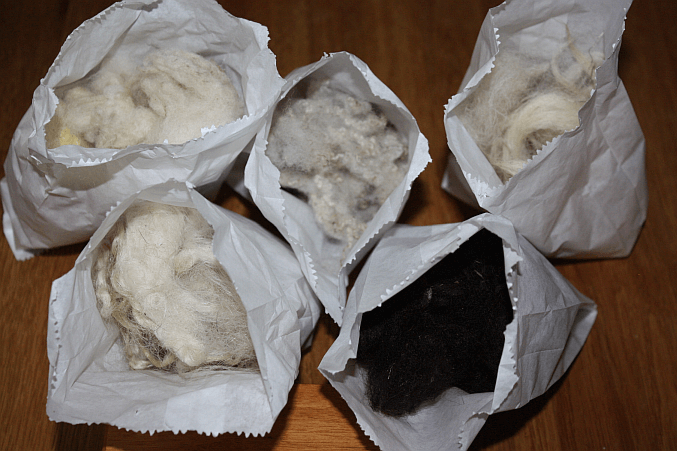
Which is exactly what they are going to hold.
Because, you see, I have all those wonderful rare sheep breed fibres, and I have them in packages of 100 grams, which is a nice amount if you want to spin a little or felt a small item, and it's also a good base amount to order multiples of, if you have a slightly larger project. But maybe you don't want to have a full hundred grams but still are curious about the fibres, or you would like to have just a handful of locks for some small projects, or you are not sure which one to take and would like to try a little bit of them all first, or you would love to have a sample of different ones to see (or show others) how very different the wool from various breeds can be.
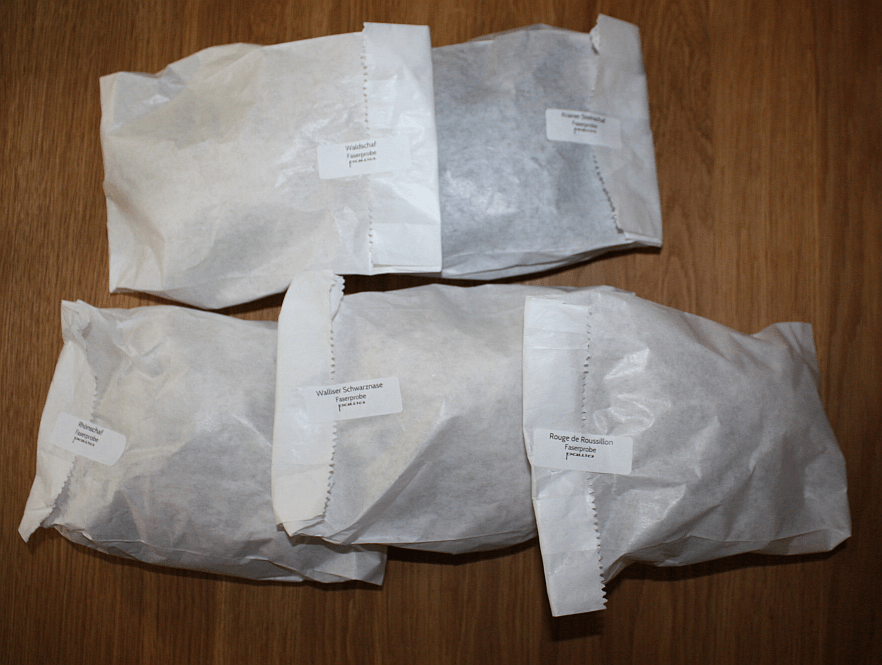
And now I have the solution for that - sample packs of the fibres I have in the shop, a handful of each, which is enough to get you a taste (or rather a feel) of how the fibre will work and behave.
The actual sample set will have one more bag, but the Walliser Landschaf fleece (another dark one) is not dry yet, so no stuffing in bags of samples of that one at the moment. If the weather holds, though, next week should see these sample packs in the shop - and I plan to do a second set of sample packs with carded fibres, too.
So yay for these white paper bags!
They are white. They are cheap. They are flimsy. They are not very large... and they come in large quantities only.

Those large quantities are subdivided into packs of 100 each, neatly threaded onto a bit of string...
and they are just the right size for wool samples.

Which is exactly what they are going to hold.
Because, you see, I have all those wonderful rare sheep breed fibres, and I have them in packages of 100 grams, which is a nice amount if you want to spin a little or felt a small item, and it's also a good base amount to order multiples of, if you have a slightly larger project. But maybe you don't want to have a full hundred grams but still are curious about the fibres, or you would like to have just a handful of locks for some small projects, or you are not sure which one to take and would like to try a little bit of them all first, or you would love to have a sample of different ones to see (or show others) how very different the wool from various breeds can be.

And now I have the solution for that - sample packs of the fibres I have in the shop, a handful of each, which is enough to get you a taste (or rather a feel) of how the fibre will work and behave.
The actual sample set will have one more bag, but the Walliser Landschaf fleece (another dark one) is not dry yet, so no stuffing in bags of samples of that one at the moment. If the weather holds, though, next week should see these sample packs in the shop - and I plan to do a second set of sample packs with carded fibres, too.
So yay for these white paper bags!




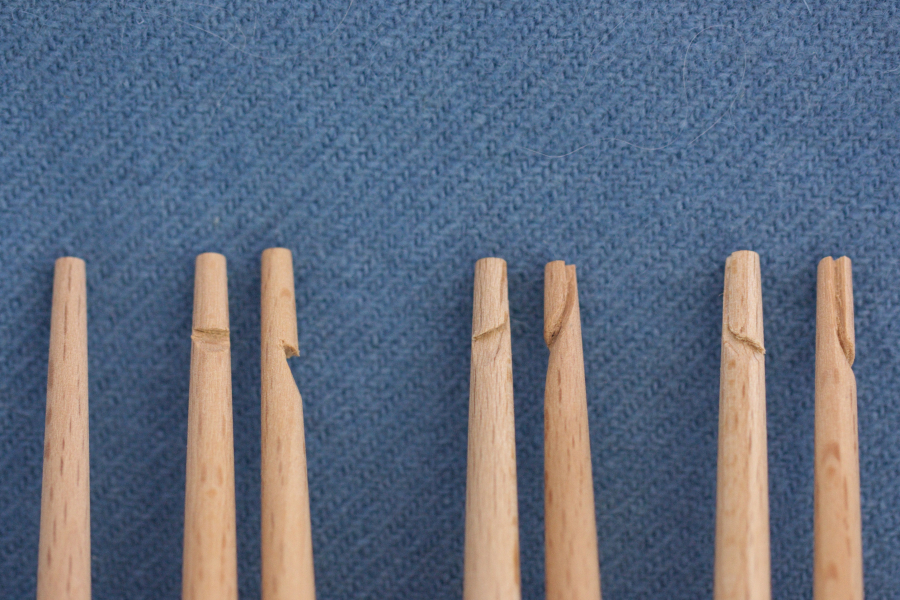 Notches! From left to right: plain un-notched tip, horizontal notch, diagonal notch for z-spun yarn, diagonal notch for s-spun yarn.
Notches! From left to right: plain un-notched tip, horizontal notch, diagonal notch for z-spun yarn, diagonal notch for s-spun yarn.